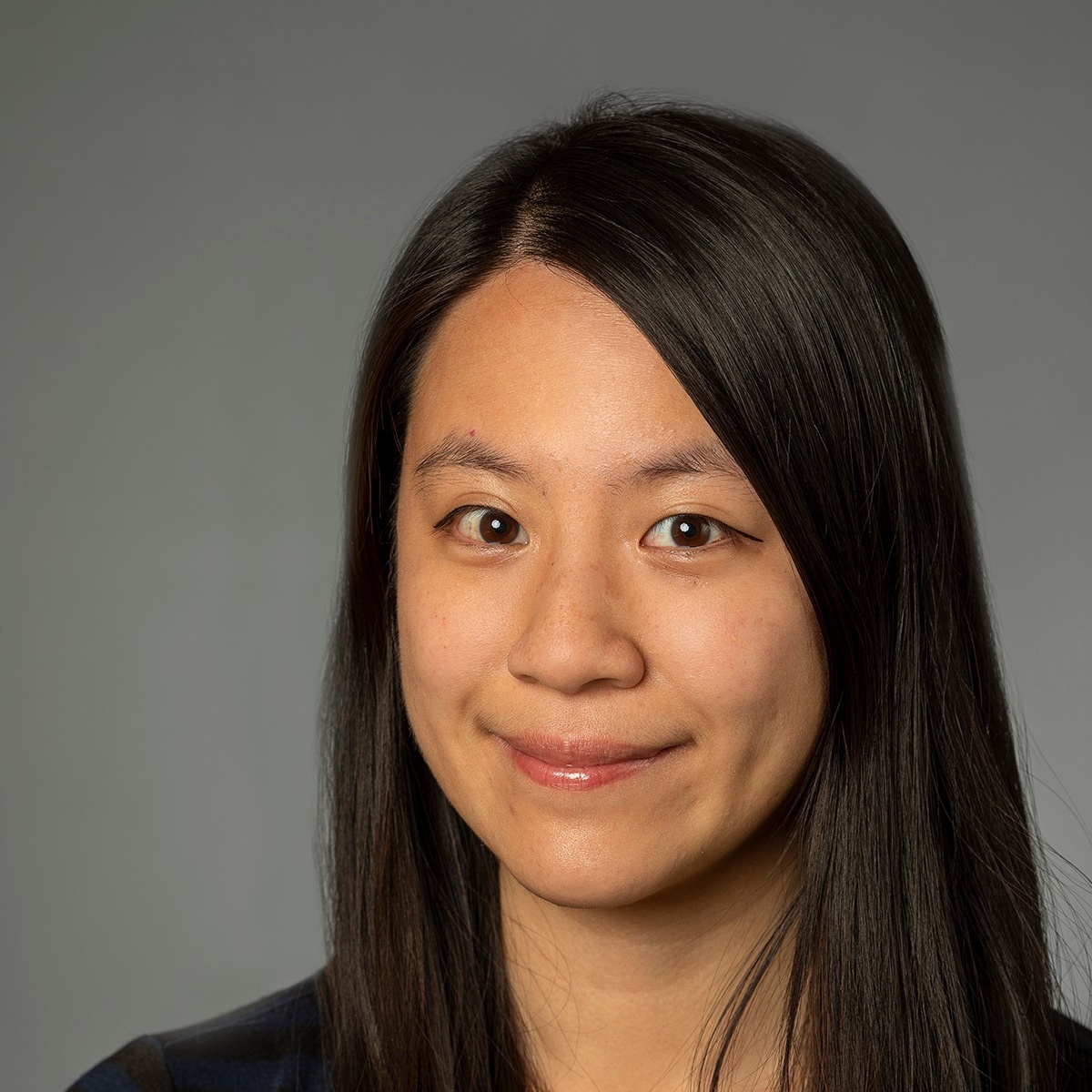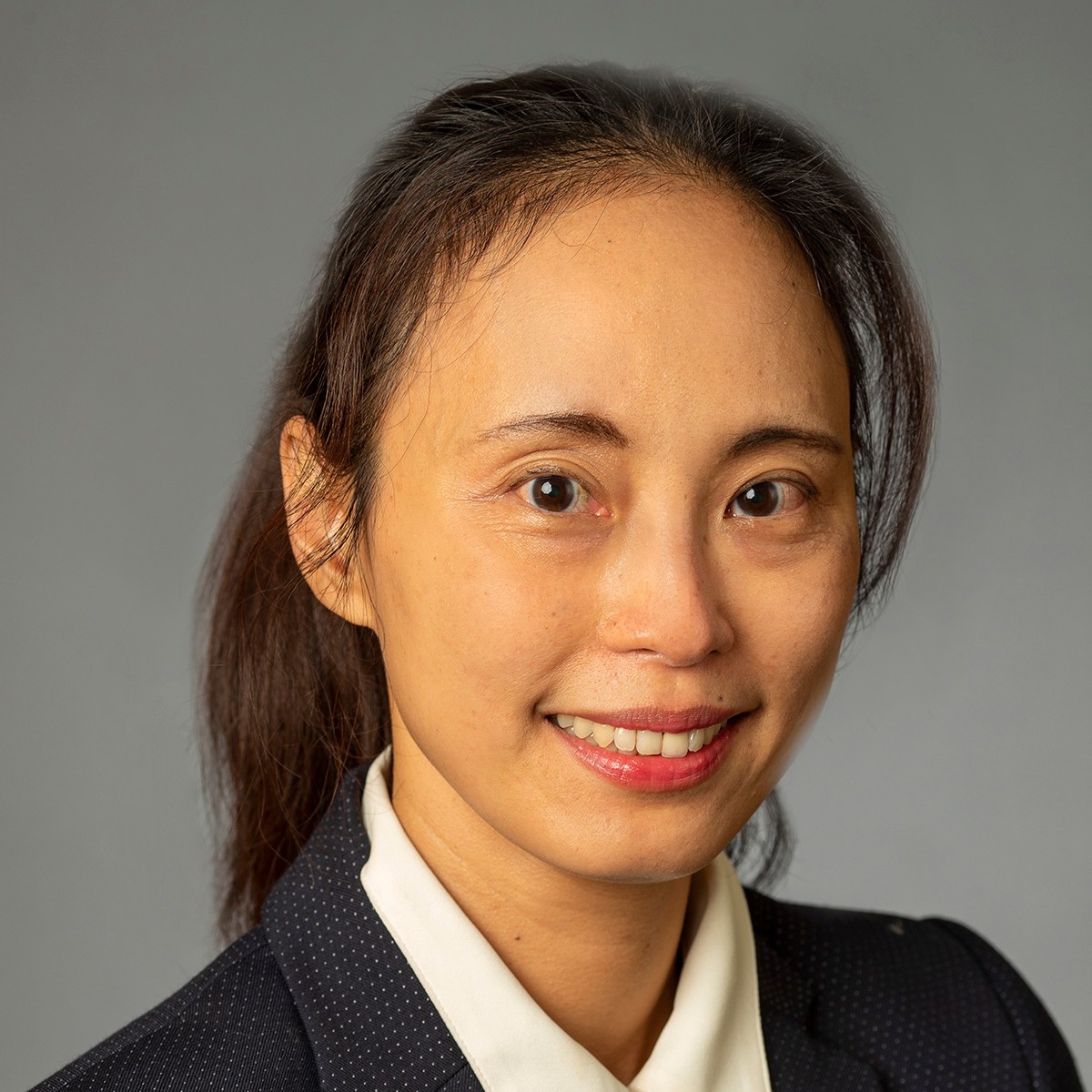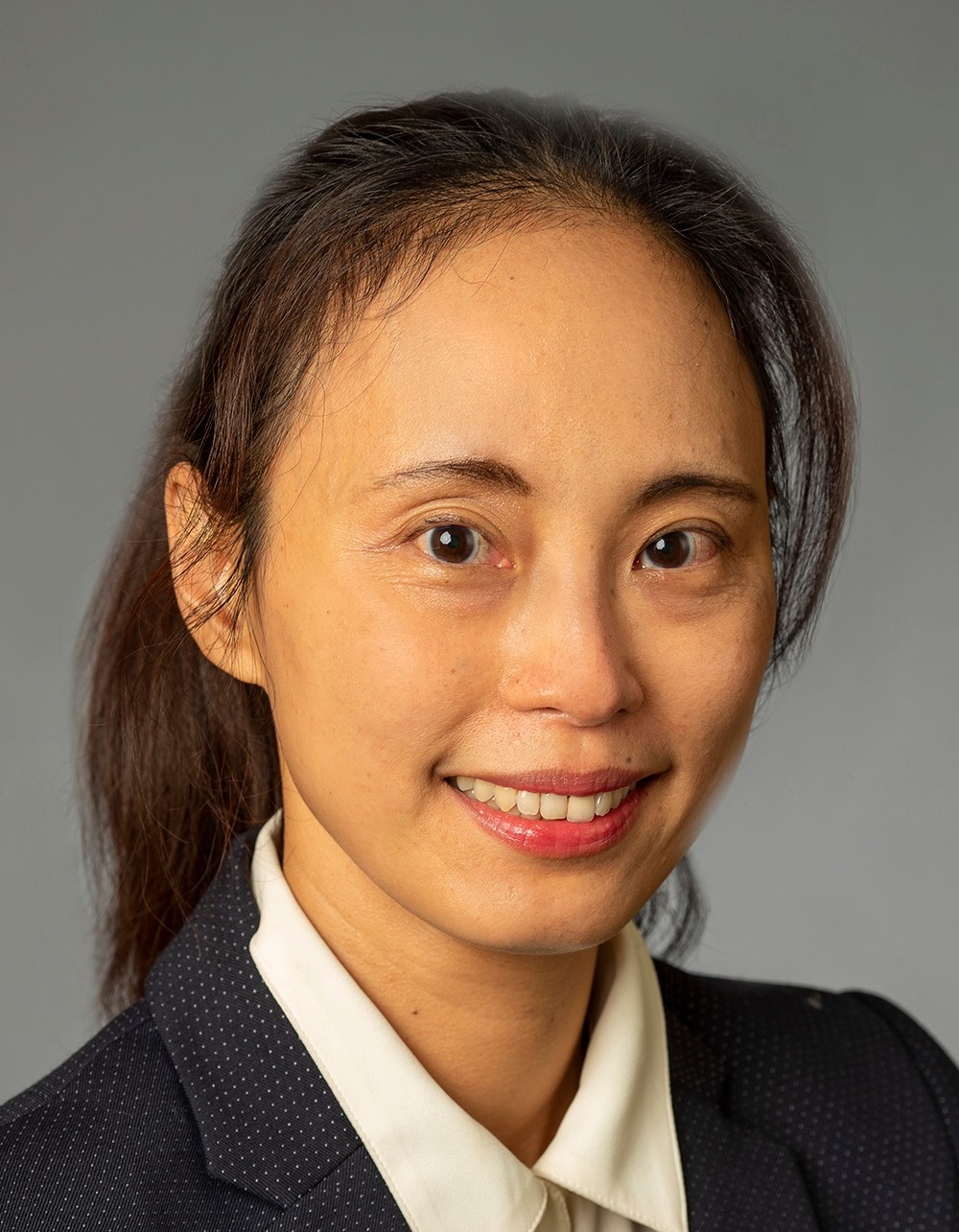Insights
News about faculty and their research
On this page:
Meet our new faculty
The school welcomed five new full-time faculty members in fall, enhancing our strengths in teaching and research.
Michael J. Braunscheidel is a clinical assistant professor of operations management and strategy. With a doctorate from the UB School of Management, he teaches production and operations management and supply chain management. In his research, he focuses on supply chain agility and resilience. A fan of the Sabres, Bills and Yankees, Braunscheidel likes to garden, travel with his wife (especially to Europe), and spend time with his family, especially his six granddaughters and grandson.

Khavis
Joshua A. Khavis came on board as an assistant professor of accounting and law. He earned his PhD from Temple University and teaches financial accounting and data analytics for accountants. His research specialties are financial accounting and reporting, auditing and crowdsourcing—including how it facilitates the flow of information to markets. In his free time, Khavis enjoys biking, hiking and rock climbing with his family.

Ptak
Scott Ptak joined the school as a clinical assistant professor of operations management and strategy and has a doctorate in geography from UB. His teaching expertise includes global economics, communication literacy for business, strategic management and international business and trade. For research, he is interested in the international location strategies of firms, particularly banks. For fun, Ptak enjoys running, hiking and cooking new recipes.

Tu
Min-Hsuan Tu is an assistant professor of organization and human resources. She earned her doctoral degree from the University of Florida and teaches organizational behavior and human resource management. Tu’s research is in the areas of leader identity and development, abusive supervision and power and influence. Tu enjoys making desserts (tiramisu is a favorite) and oil painting. (See one of her paintings, above.)

Wu
Szu-Yin (Jennifer) Wu is a clinical assistant professor of finance and PhD graduate of the School of Management. She teaches corporate finance, investment management and international financial management. Her research interest is in corporate finance, primarily mergers and acquisitions, shareholder activism, corporate governance and corporate innovation. Wu loves a good Zumba workout and does quite a bit of it in her leisure time.

Finding the right balance of cloud computing resources

Ramesh
School of Management researchers have developed a solution to managing cloud computing resources more cost-effectively.
Published in Information Systems Research, the study integrates concepts and methods from computer science, machine learning, operations management and statistics into algorithms that can be applied to a number of different virtual computing environments.
“Our findings are most relevant to infrastructure-as-a-service providers, who provide the physical hardware like servers and networking equipment for cloud computing, but they can easily be extended to platform-as-a-service environments as well,” says Ram Ramesh, professor of management science and systems.
To validate the performance of their model, the researchers developed use cases based on actual pricing and service data from Amazon Elastic Compute Cloud. Based on these cases, their framework can achieve up to 30% cost savings compared to the traditional resource management model.
The researchers say their findings will have the greatest impact for cloud service contract administrators, managers for cloud computing products and services, and engineers for cloud computing technology.
“Cloud resource management is a complex issue, with multiple performance metrics to consider,” says Ramesh. “Administrators in cloud data centers can use these algorithms to develop efficient service-level agreements and cost-effectively manage the computing resources involved in those agreements.”
Ramesh collaborated on the study with Zhiling Guo, associate professor of information systems at Singapore Management University, and Jin Li, assistant professor at Xidian University School of Economics and Management.

How artificial intelligence will impact self-employment

Bezrukova
People who are self-employed in several popular, lower-paying jobs are at the greatest risk of being displaced by artificial intelligence (AI), according to new School of Management research.
Published by the Center for Research on Self-Employment, the study found that with both self-employment and AI investment on the rise, independent salespeople, drivers, and agriculture and construction workers face the greatest danger from computerization, because the work is routine and low in technical expertise.
“Those who are self-employed just don’t have the same access to AI resources that corporate employees do, which makes it difficult for them to keep up with technological advancements,” says Kate Bezrukova, associate professor of organization and human resources.
The researchers reviewed every study to date on AI and the self-employed, and compared those findings to their own research on teams (more than 20 published studies across many work settings). They found that while certain jobs are at risk, not every profession is in jeopardy.
In general, occupations that require employees to work together, negotiate and make decisions are less likely to be eliminated because these attributes are harder for AI to imitate. These careers typically have higher pay, such as lawyers, managers, and business and medical professionals.
The study also found that technical jobs, such as maintenance for robots and hardware distribution for AI, may see significant growth.
“It’s like when the computer revolution hit decades ago—there was great fear that computers would replace people,” says Bezrukova. “But work just shifted and IT positions grew because we needed more support for our computers and networking.”
Looking ahead, the study recommends creating public awareness programs about the opportunities and risks of AI, updating education curriculums to integrate shifting skills, and conducting more research on AI at work, specifically for the self-employed.
Bezrukova collaborated on the study with Terri L. Griffith, Keith Beedie Chair in Innovation and Entrepreneurship at Simon Fraser University’s Beedie School of Business, and Chester Spell, professor of management at Rutgers University School of Business–Camden.

Hometown advantage?

Jiang
Berkshire Hathaway buys CEO Warren Buffett’s struggling hometown newspaper. Amazon acquires Whole Foods, which is headquartered in the state where CEO Jeff Bezos grew up.
New School of Management research shows these aren’t coincidences.
Published in the Journal of Financial and Quantitative Analysis, the study examined 5,505 mergers and acquisitions from 1992 to 2014 and used Social Security data to determine where each executive grew up.
Companies are 2.5 times more likely to acquire firms headquartered in their CEO’s home state than similar firms, the study found. The effect was even stronger when CEOs lived in the state longer, went to college there or hold a board seat there.
“On one hand, CEOs can exploit their local knowledge to make good deals,” says study author Feng (Jack) Jiang, associate professor of finance. “But they may also look home for personal reasons, like increased status or access to government officials, or to lift up a distressed community using corporate resources.”
The researchers divided the data between public and private deals. Public acquisitions tend to be much larger and withstand intense scrutiny from investors, media and regulators. By contrast, small private deals are more likely to face weaker corporate governance—and be driven by a CEO’s ulterior motives.
They found public home-state deals outperformed similar deals by 2%, representing about $100 million more in average shareholder value. Conversely, private hometown deals underperformed by 1.5%, or about $22 million in lost shareholder value.
“Corporate monitors should be leery of small, private hometown deals, but also recognize that a hometown advantage could benefit a company—if it has strong corporate governance,” Jiang says.
Jiang’s co-authors were Yiming Qian, professor and Toscano Family Chair in Finance, University of Connecticut, and Scott E. Yonker, associate professor and Lynn A. Calpeter Sesquicentennial Faculty Fellow in Finance, Cornell University.

Innovative companies are more likely to be acquired

Chung

Wu
Businesses that focus on innovation are more likely to be acquired—and command a higher price when they are—according to new School of Management research.
Published in the Journal of Banking and Finance, the study found that firms with larger innovation output and more research and development (R&D) investment are more likely to be acquired, receive unsolicited bids and receive multiple bids from companies seeking innovation through acquisition.
“When Google acquired Motorola in 2011, the $12.5 billion buyout was 73% higher than its market value,” says study co-author Kee Chung, the Louis M. Jacobs Professor of Financial Planning and Control. “Motorola’s patents drove up the buyout price, because they allowed Google to protect the Android operating system and enhance its competitive position in the mobile marketplace.”
The researchers analyzed more than 30 years of data on R&D and patents to calculate a firm’s innovation inputs and outputs, takeover premiums and the likelihood to receive unsolicited bids and multiple bids. They say that while previous research has explored the motives for and results of corporate takeovers, their study reveals innovation as a new factor.
“Through our examination of decades of data, it’s clear that innovation is a motive for corporate takeovers,” says Jennifer Wu, clinical assistant professor of finance. “Innovative firms are more likely to be acquired and receive greater takeover premiums in the market for corporate control.”
While the greater premiums are good for the companies being bought out, the study revealed that for the acquiring firm, the higher price is worth paying.
“These types of mergers are beneficial on both sides,” says Wu. “The acquired company gets a bigger payday because of their cache of patents, but the newly merged company sees improved performance thanks to the influx of innovation.”